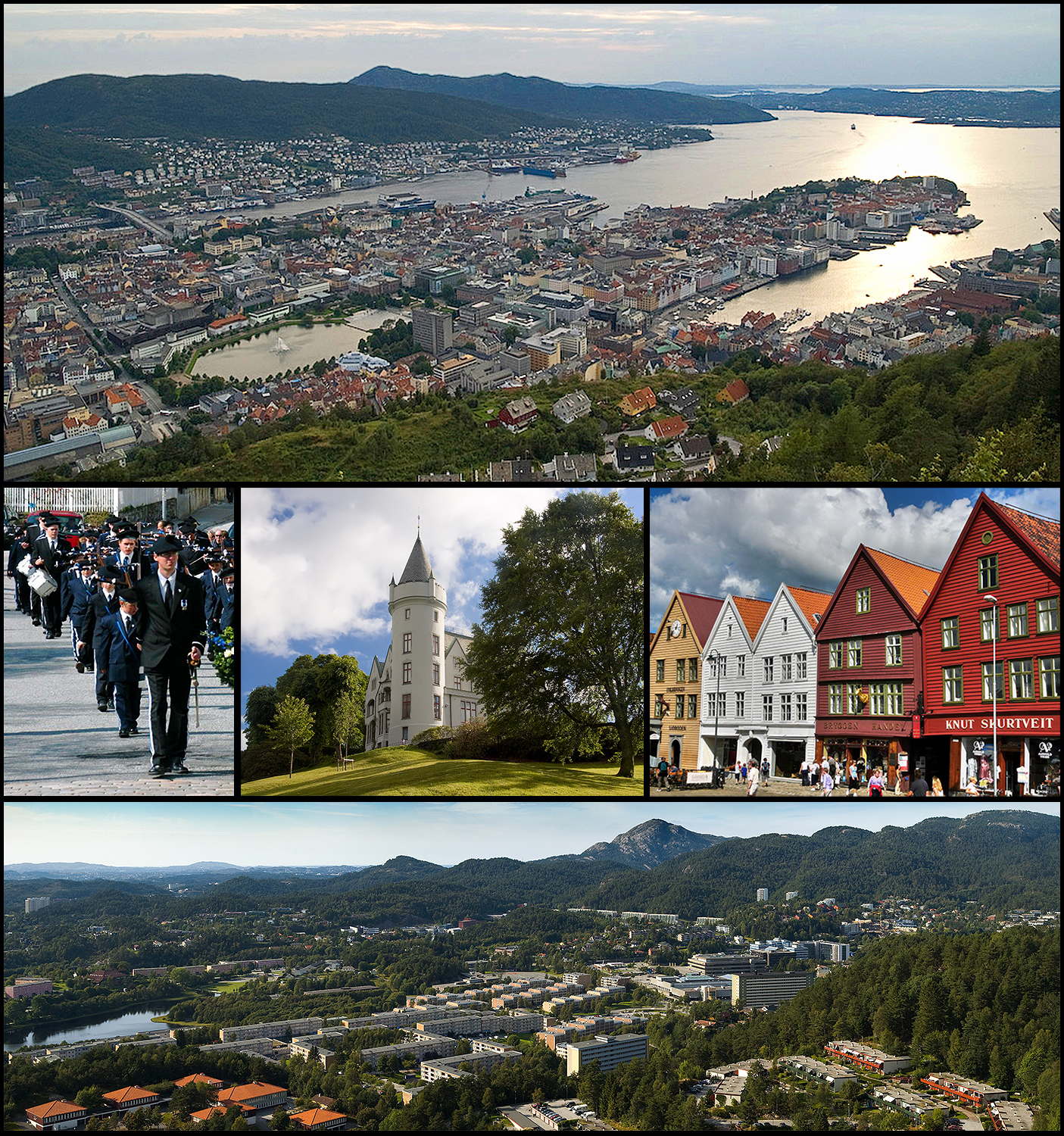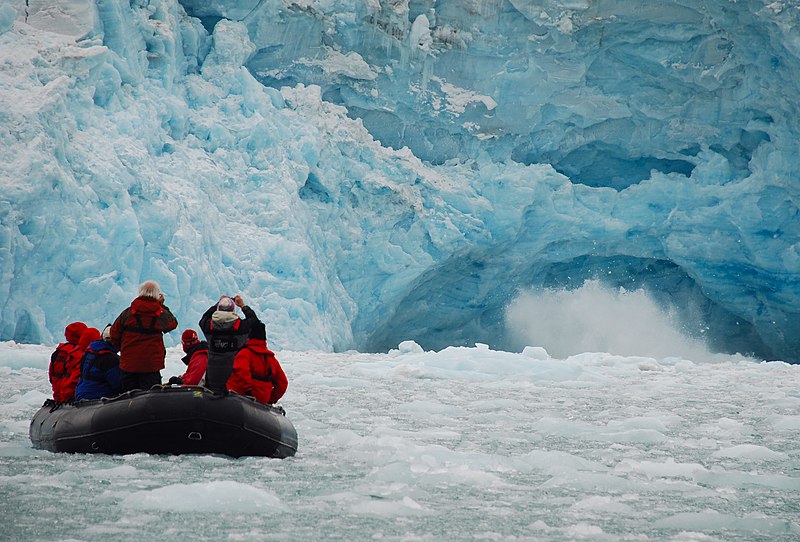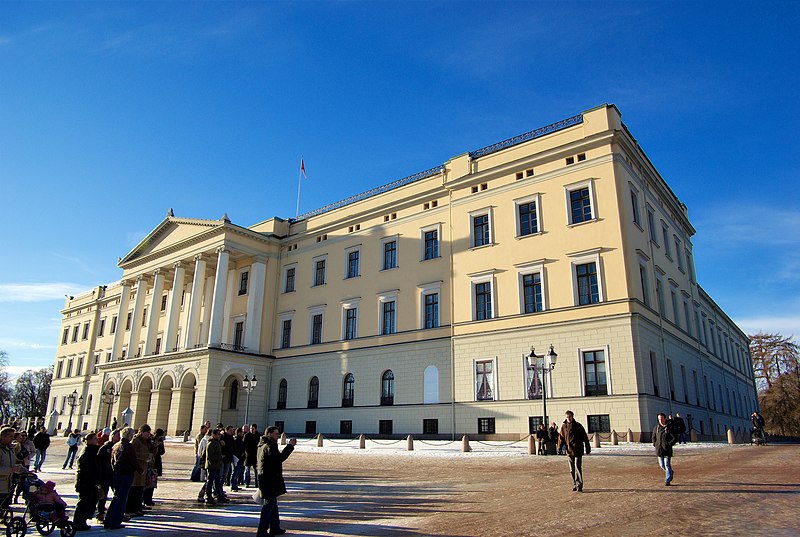OSLO
Oslo is the capital and largest city in Norway. Founded around 1048 by King Harald III of Norway, the city was largely destroyed by a fire in 1624. The Danish–Norwegian king Christian IV rebuilt the city as "Christiania". In 1925 the city reclaimed its original Norwegian name, Oslo.
Oslo is the cultural, scientific, economic and governmental centre of Norway. The city is also a hub of Norwegian trade, banking, industry and shipping. For several years, Oslo has been listed as one of the most expensive cities in the world along with other capitals such as Copenhagen, Paris, and Tokyo. In fact, in 2009 it was ranked as the world's most expensive city. Furthermore, the crime rate in Oslo is not high at all. The city has a population of 1,422,442 citizens. The population currently increases at a record rate of over 2% annually, making it the fastest growing capital in Europe.

Main attractions
- The Oslo Opera House is the seat of The Norwegian National Opera and Ballet, and the national opera theatre in Norway. It is situated in the center of Oslo, next to the port and marina of the city, while its modern structure has a total area of 38,500 squared meters.
- The Royal Palace, was built in the first half of the 19th century as the residence of Norwegian and Swedish king Charles III and is used today as the official residence of the present Norwegian Royal Family.
- The Akershus Fortress or Akershus Castle is a medieval castle that was built to protect Oslo, although it has also been used as a prison.
- The Frogner Park is a public park in the west of the city. It belonged to rich families in the 19th century, before being acquired by the city of Oslo.
Opera House of Oslo.
Royal Palace of Oslo.
Akershus Fortress in Oslo.

Frogner Park in Oslo.
BERGEN
Bergen is the second largest city in Norway (after Oslo) with a population of 259,500, and is the administrative centre of Hordaland county, one of the "provinces" in Norway. It is an important cultural hub in its region, recognized as the unofficial capital of Western Norway. Bergen is located nearby the zone of the fjords, and therefore is a good place to stop before reaching these natural attractions.
The city has not got any central attraction, but it is recommended to walk around its streets and observe its old but interesting houses near the river.

FJORDS
Fjords, geologically, are long, narrow inlets with steep sides or cliffs, created in a valley carved by glacial activity. The most significant concentrations are found in the south of Chile and in the west of Norway. They are the most famous attraction of this last one, and are globaly recognized as tourist destinations.
Geirangerfjord is the most famous and visited fjord in Norway. It is surrounded by majestic, snow-covered mountain peaks, wild waterfalls and green vegetation.
Nordfjord stretches from the Jostedalsbreen Glacier out to the Stadhavet Ocean.
Hardangerfjord is not far from Bergen and is especially known for fruit tree blossoming in spring, Folgefonna Glacier and Vøringsfossen Waterfall.
The Romsdalsfjord is located close to the city of Molde. To reach it, it is recomended to take the Raumabanen Railway or a cruise.
Sognefjord is Norway’s longest and deepest fjord, which extends inland to the national parks of Jotunheimen and Jostedalsbreen.
Geirangerfjord
Nordfjord

Hardangerfjord

Romsdalsfjord

Sognefjord
NORTH CAPE

When standing on the cliff at the North Cape, only the Svalbard Islands separate you from the North Pole. When the clouds are covering the ocean with a colourful, heavenly carpet, and sun is at its lowest, the panorama in the North Pole is one of the most special places on earth. You do not get further north on mainland Europe, in fact; you are at the end of the world. Moreover, this cape is one of the best places to see the Aurora Borealis due to the fact that it is quite nearby the North Pole.
One of the most beautiful scenaries you can find in the world. The North Cape!
LOFOTEN ISLANDS
Lofoten is known for excellent fishing and nature attractions, small villages off the beaten track and whale safaris. Though lying within the Arctic Circle, the archipelago experiences one of the world's largest elevated temperature anomalies relative to its high latitude.
From mid-October until mid-January, nature safaris set out from Lofoten in large passenger boats and rubber dinghies to look for sea eagles, seals and to explore the wildlife in Lofoten. If you are lucky, you might even catch a glimpse of the majestic killer whales.
Lofoten may not have a ideal, perfect or warm temperature, but its rich fauna and beautiful landscapes certainly deserve to have a brief look.

THE SVALBARD ISLANDS
If you have always dreamed of visiting the Antarctica but it is too far away, or the North Pole but it is impossible, the Svalbard Islands are your place. They are located in the Arctic Ocean, halfway between Norway and the North Pole. Here you will find untouched arctic wilderness, and it is one of the closest places to the North Pole. The activities you can experiences here are unforgettable and, in fact, are like a real movie. An absolutley real and original polar lanscape, with polar bears and seals will make you have a wonderful experience Europe's northernmost islands!
The group of islands range from 74° to 81° north latitude (and thus inside the Arctic Circle), and from 10° to 35° east longitude. Spitsbergen is the largest island, followed by Nordaustlandet and Edgeøya. The administrative center is Longyearbyen, and other settlements, in addition to research outposts, are the Russian mining community of Barentsburg, the research community of Ny-Ålesund and the mining outpost of Sveagruva. The archipelago is administrated by the Governor of Svalbard.

Tourists next to a glacier!


